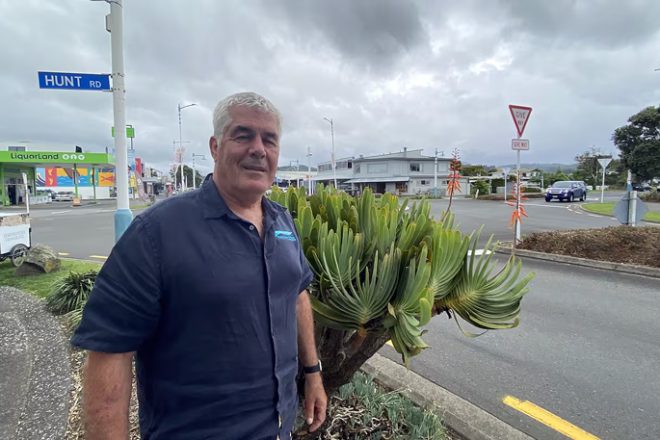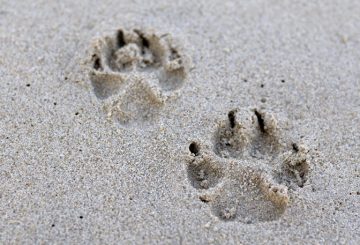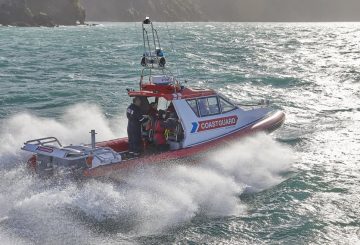Ang isang yunit ng demensya ay pinaplano para sa Whangamatā, New Zealand, ngunit maaaring magkakahalaga ng hanggang $25 milyon upang itayo. Ang Moana House and Village Charitable Trust ay nangunguna sa pagsisikap na lumikha ng 20 kama para sa mga pasyente ng demensya sa bayan. Naniniwala ang Trust na mayroong isang makabuluhang pangangailangan para sa naturang pasilidad sa bayan at sa mas malawak na lugar ng Coromandel.
Sa kasalukuyan, walang magagamit na pangangalaga sa demensya sa Moana House, at nagiging kritikal ang pangangailangan ng komunidad para sa naturang pangangalaga, sabi ng Acting Manager na si Garth Blake. Binanggit niya na walang pasilidad sa pangangalaga sa demensya sa silangang Peninsula ng Coromandel. Naghahanap na ngayon ang Trust ng pagpopondo upang bumuo ng isang layunin na binuo na yunit ng dementia bilang bahagi ng pasilidad ng Moana House.
Gayunpaman, ang pagkolekta ng pondo sa kasalukuyang klima sa pananalapi ay mahirap. Sa kabila nito, sinimulan ng Trust ang ilang mga aktibidad sa pangangalap ng pondo tulad ng taunang Gala Dinner at Celebrity Golf Tournament. Umaasa sila na magpapatuloy ang suporta ng komunidad para sa mga aktibidad na ito.
Tinantya ni Blake na ang proyekto ay magkakahalaga sa pagitan ng $20 at $25 milyon at kinikilala na ang koponan ng pangangalap ng pondo sa Moana House ay nahaharap sa isang makabuluhang hamon. Kapag maipakita nila ang makabuluhang suporta sa pagpopondo ng komunidad, maaari silang mag-apply sa gobyerno para sa mas malaking tulong sa pagpopondo.
Ayon kay Blake, isa sa tatlong tao sa komunidad ng Whangamatā ang kakailanganin ng suporta ng mga serbisyo sa pangangalaga sa edad na tirahan sa ilang punto. Mayroon ding tumataas na mga kaso ng mga diagnosis ng demensya sa mga ito. Ang pagdaragdag ng isang yunit ng demensya sa Moana House ay makakumpleto ang continuum ng pangangalaga na kailangan ng komunidad ngayon at magtataguyod ng hinaharap para sa mga darating na henerasyon.
Kasalukuyang nagtatrabaho ang pasilidad ng 80 kawani at mayroong 47 residente. Maraming residente ang kailangang lumipat sa iba pang mga lokasyon sa labas ng Coromandel para sa paggamot, na nagbibigay ng presyon sa kanilang mga pamilya. Ang bagong yunit ay magiging bahagi ng isang bagong pasilidad na nakatuon sa pangangalaga sa edad, na may kabuuang 80 kama, 20 sa mga ito ay para sa mga pasyente ng demensya.
Ang Moana House ay itinatag noong 1984 upang magbigay ng tirahan at pangangalaga para sa mas matandang populasyon. Ang pasilidad ay opisyal na binuksan noong 1987 na may 36 rest home bed. Mula nang lumaki ito upang isama ang isang pakpak ng ospital at pinalawak na rest home na tumatanggap ng mga independiyenteng serbisyo at tulong sa pamumuhay para sa pangunahing pangangalaga at mga residente na nagpapalawak.






























































